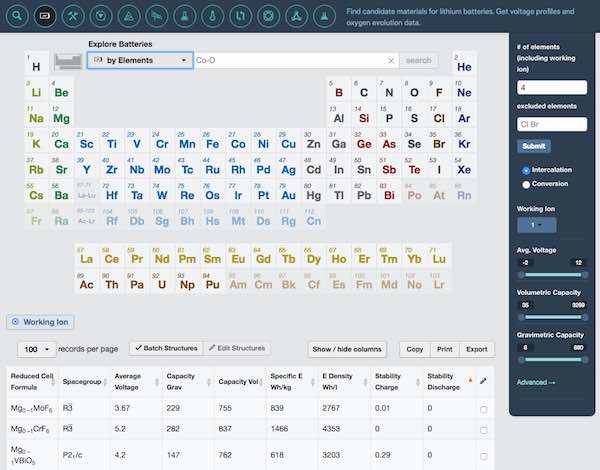
[Image above] Credit: opensource.com; Flickr CC BY-SA 2.0
Data defines us these days.
We generate unprecedented amounts of data in our lives—in our research, our businesses, and our personal lives. Just think about the amount of data we generate on a daily basis with fitness trackers and other wearables.
But what good is all that data, even if it lives forever?
Because having a pile of data is worthless without the tools to interpret and make sense of that data.
Which is why a massive public release of materials science data from Lawrence Berkeley National Laboratory, complete with user-friendly tools to explore and analyze that data, is huge.
The data is housed in the Materials Project, a public database of material properties data launched by the Department of Energy’s Office of Science in 2011.
According to a Berkeley Lab press release, “The idea behind the Materials Project is that it can save researchers time by predicting material properties without needing to synthesize the materials first in the lab. It can also suggest new candidate materials that experimentalists had not previously dreamed up. With a user-friendly web interface, users can look up the calculated properties, such as voltage, capacity, band gap, and density, for tens of thousands of materials.”
The recent release floated two new sets of data into the database. One set details the properties of 1,500 compounds investigated for multivalent intercalation electrodes, and the other set details 21,000 organic molecules applicable to liquid electrolytes and beyond.
“Not only do we give the data freely, we also give algorithms and software to interpret or search over the data,” Kristin Persson, cofounder and director of the Materials Project, says in the Berkeley Lab press release.

Berkeley Lab researcher Kristin Persson, director of the Materials Project. Credit: Roy Kaltschmidt; Berkeley Lab
Those tools are in the form of two new web apps, a Molecules Explorer and a Redox Flow Battery Dashboard. The Materials Project also expanded its Battery Explorer function to include other ions beyond lithium, too.
The Redox Flow Battery app, for example, allows scientists designing new batteries to examine whether specific molecules not only can meet the technical parameters required for battery performance, but also economic factors that help determine whether the resultant battery would be cost-effective.

A glimpse of the user interface for the Battery Explorer app. Credit: Materials Project
The Materials Project also has a host of other applications, including a Structure Predictor, Crystal Toolkit Nanoporous Explorer, and more. And it contains additional resources for scientists, including YouTube tutorials about how to use the database.
The database now contains information for 66,708 inorganic compounds, 43,690 banstructures, 21,954 molecules, 530,243 nanoporous materials, 2,936 elastic tensors, 941 piezoelectric tensors, 3,628 intercalation electrodes, and 16,128 conversion electrodes.
Explore all the data in the Materials Project here.
Love data? Watch out for the September issue of the ACerS Bulletin for an exclusive Q&A with James Warren, technical program director for Materials Genomics in the Material Measurement Laboratory of NIST, all about NIST’s efforts to access, organize, and preserve materials science data.
